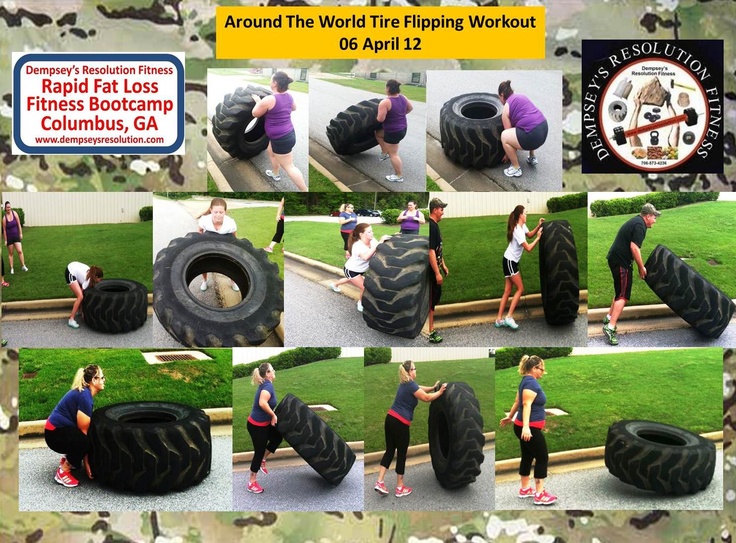Tractors are humongous machines normally used for agriculture, industrial and construction tasks. Though they weigh at least 20,000 pounds in total, they can still roll smoothly on rough terrains thanks to their tires being rated for such heavy duty chores. So the next question might be, how much do these tires weigh to support the hefty load of tractors?
Tractor tires have a variety of weights and sizes depending on purpose. These range from 300-pound small size tractor tires to a whopping 1000-pound extra large tires. When those figures are added up for all four tires, your tractor tires may weigh 1,200 to 2,400 pounds.
According to the manufacturer’s tire selection, tractor tire size and weight should be matched with the tractor’s powertrain and gross weight, for maximum torque and efficient fuel consumption. That is why identifying the weight of your tractor’s tire is important in order to improve your tractor’s traction and efficiency.
Tractor tire weighs will vary based on size category. Small size tractor tires can weigh up to 300 pounds. Mid-sized tractor tires are 400 pounds or more, while large tractor tires weigh between 500-800 pounds. The heaviest type, also called extra-large, weighs up to 1,000 pounds.
Small Size Tractor TiresThe smallest tractor tires are 17.5 by 25 feet in size. These tires can weigh up to 300 pounds each. For comparison, a typical car tire only weighs 25 pounds, while a pickup tire will still be outweighed by a small size tractor tire by 100 pounds.
Medium or Mid-Sized Tractor TiresThe next size is called medium or mid-sized tractor tires. These tractor tires are approximately 20.5 by 25 feet in size. There isn’t much of a size difference between these and small-sized tractor tires. As a result, the weight of each medium-sized tractor tire is not significantly different from that of the small-sized tractor tire, despite the fact that each medium-sized tractor tire weighs 400 pounds or more.
Tractor tires measuring 23.5 by 25 feet are considered large tractor tires. They can weigh between 500 and 800 pounds each. However, some large tractor tires are lighter, weighing between 450 and 650 pounds. The weight of a tractor tire of this size is determined by its wear patterns and the amount of metal contained within.
Extra Large Tractor TiresLastly, the heaviest tire size is called ‘extra large’ with weights up to 1,000 pounds. Their combined weight adds approximately up to 4,000 pounds to the total weight of the tractor.
How Do You Measure the Weight of Your Tractor Tires?Tractor tires are quite heavy and weighing them individually on a scale can be tiresome and impractical since you will need a crane to lift and place them securely.
Instead, you can determine their weight by identifying the dimensions of each tire indicated on the tire’s sidewall. When inspecting the tire’s sidewall, you will notice a 5-digit number. The first two digits are separated by a period, and the third and fourth numbers are separated by a dash. 16.9-30 is an example of these five digits.
The first two digits are separated by a period, and the third and fourth numbers are separated by a dash. 16.9-30 is an example of these five digits.
These digits are not random. In this example, the 16.9 refers to the width of your tractor tire from one sidewall to the other. This is measured in inches. The 30 refers to the diameter of your tire’s rim, which is also measured in inches.
It appears to be fairly simple to determine the size and dimensions of your tires. However, this isn’t always the case because some measurements are in radial, metric, or standard units.
Radial Tractor TiresRadial tractor tires are another thing to think about when it comes to tractor tires. The letter R, which denotes radial construction, can be found on radial tractor tires. Radial construction refers to any tire with cord piles that are 90 degrees. The cord heaps are moving in the same direction as your tires. You’ll also notice that the vast majority of tires are radial.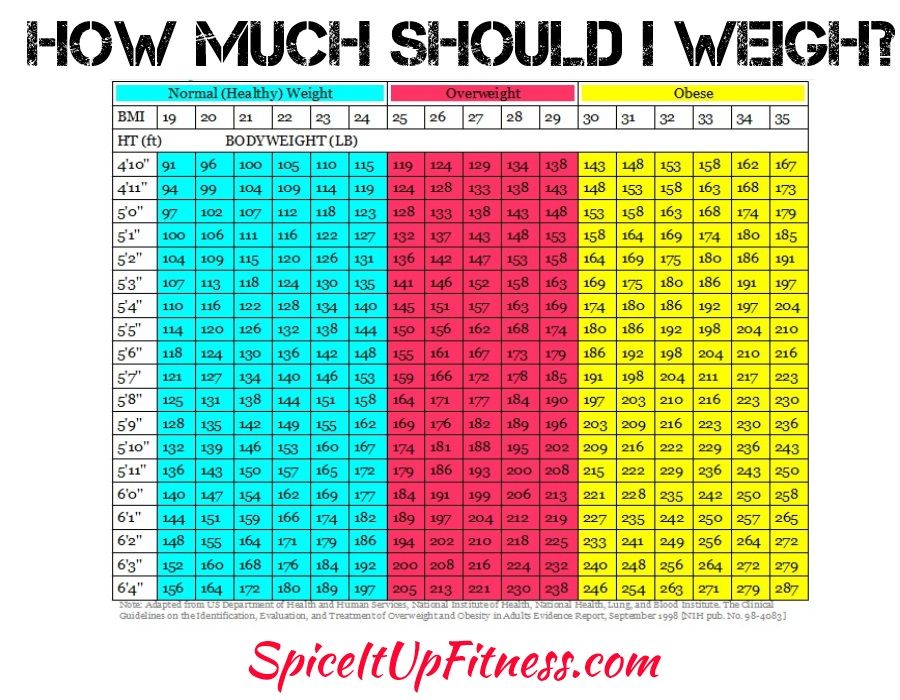
Radial tractor tires are identified by two digits followed by a point. Following the point, there is another number and a “R,” followed by two numbers. For example, values like 11.2R20 can be found on the sidewalls of radial tractor tires. A figure like this implies that the tire is a radial tractor tire.
Metric Tractor TiresAlso called European tires due to the measurement system they use, the digital figures on the sidewall are marked by a “R” and a slash. For example, 280/85R24 and 280/85R20.
Start with the first number, as that is the width of the tractor tire when properly inflated and mounted. If that number appears small, it is because it is expressed in millimeters rather than inches.
However, the aspect ratio relates to the second set of numbers. The aspect ratio illustrates the width of the tire in relation to its height after it has been inflated.
The letter R indicates the tire is made of radial material, which is typical in metric tractor tires. The number following the R denotes the wheel diameter for mounting.
The number following the R denotes the wheel diameter for mounting.
The first example above is a common tractor measurement. Those five-digit values are rather conventional and typical, yet you may come across five-digit dimensions such as 11.2X20. Don’t be perplexed by these seemingly disparate figures; they are all the same and represent the same thing. These values are simply another way of printing the measurements.
Tractor Tires Care TipsTractor tire care maintenance is different from regular passenger car tires mainly due to the nature of workload. That said, tractor tires need regular cleaning to prevent dirt buildup. Also, avoid driving on the pavement with them as much as possible. And since these tires are still subject for periodic replacement, don’t wait for them to severely wear out before replacing. Lastly, buy higher-quality tractor tires with a solid reputation in the industry.
Clean Your Tractor TiresDirt accumulates on and beneath your tractor during normal operations, particularly around the tires.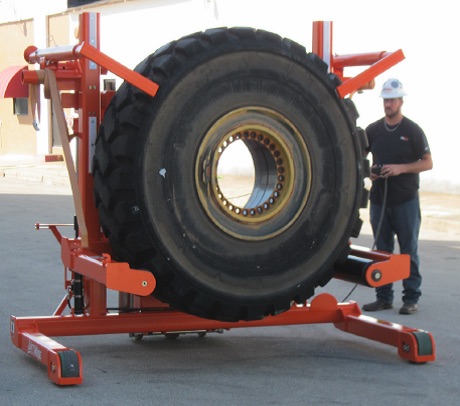 If your tires are particularly filthy, Clean them after you use them at the end of the day.
If your tires are particularly filthy, Clean them after you use them at the end of the day.
Make use of water, soap, and a good tire brush. Get into the tire grooves and clean all the way to the bottom. Then, allow the tires to dry naturally. Clean tires perform better, which may allow you to enjoy them for a longer period of time.
Avoid driving on the pavement as much as possibleTractor tires are not the same as car or truck tires. They are more suited for navigating softer ground such as mud, grass, or hay. You should try to limit your driving on the pavement as much as possible. Even though tractor tires can handle pavement, doing so is highly discouraged.
Don’t Wait to Get Replacement TiresThe longer you wait to replace those old, worn-out tires, the higher the risk. Your tire can pop at any time if you hit a sharp stone or other debris. The elasticity of the tire is sucked up by dry air and sun exposure, causing the material to crack.
It’s far better to spend considerable money upfront on higher-quality tires that will last you for years. You could spend several hundred dollars per tire, but cutting corners will cost you more money in the long run.
The weight of tractor tires can range from 200 pounds on the smallest up to 1,000 pounds each. Knowing the weight of your tractor’s tire can help you improve the traction and efficiency of your tractor wheels. You can determine the exact weight of each tire with careful calculations based on the dimensions provided at the sidewall.
You know that tractors are very robust agricultural machines, weighing more than 19,000 pounds.
So, how much do tractor tires weigh?
Well, you can expect that they’re hefty as well, to keep the machine stable and supported enough for numerous operations and agricultural tasks.
So, how much does a tractor tire weigh?
Well, the average weight of a tractor tire is between 400 and 600 pounds.
So, four-time each, you get up to 2,400 pounds of tire weight!
Still, let’s see what we’ve also prepared for you concerning tractor tire proportions and sizes.
You will also learn how to determine the proper tire weight of your tractor.
Table of Contents
Luckily, you don’t have to perform the heavy lifting to find how heavy your tractor tires are.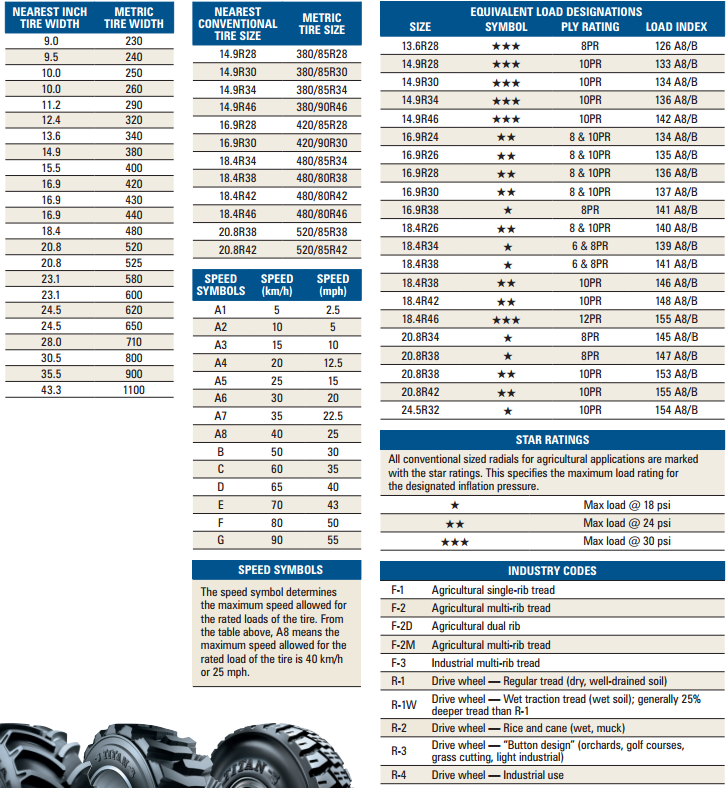 However, you need to know that they come in two major groups:
However, you need to know that they come in two major groups:
Now, it’s crucial to remember that these groups have four major subgroups, including:
What’s so unique about these tractor tires?
Firstly, they measure 17.5x25ft. Their maximum weight is estimated at 300 pounds.
However, you can consider them lighter, as the average weight of a car tire measures 25 pounds.
And, even when you compare various heavy-duty vehicles, similar to tractors, you can notice that their tires weigh around 200 pounds each.
So, there’s no mistake that the average tractor has a tractor tire weighing around 300 pounds (or even more!)
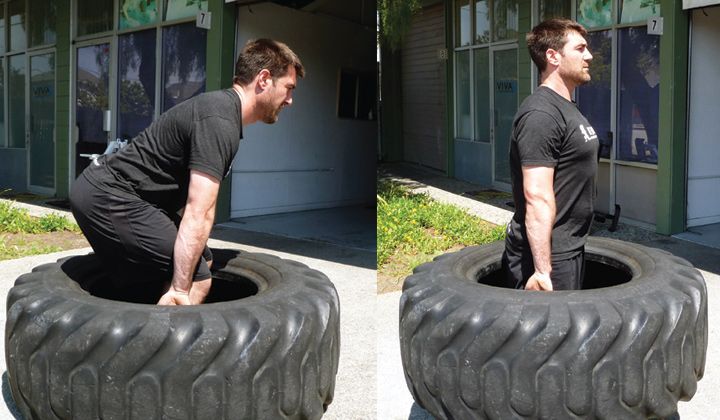 Medium/mid-sized tractor tractor tires
Medium/mid-sized tractor tractor tiresMedium tractor tires are the next category, measuring 20x25ft.
However, their maximum weight measures 400 pounds or slightly more.
As you see, medium tractor tires are not bigger than small tires; thus, they don’t add weight to your tractor size and weight.
A large tractor tire is more substantial than the previous two categories.
They’re massive due to their 23.5×25 feet proportions. Thus, the tire weight might vary between 400 and 8000 pounds at maximum.
Yet, some more substantial tire weights can also be slightly lighter. Thus, they can vary between 550 and 650 pounds.
So, the tire weight matching this size is determined by metal parts and wear patterns.
Finally, the last category in the colossal tire weight measures 26.5×25 feet. Don’t be surprised when you realize they weigh 1,000 pounds each!
Thus, the heavy tires weigh around 4,000 pounds on your tractor!
It’s insane, you’ll agree!
Naturally, you want to determine how much your tractor tires weigh, but how do you calculate the weight correctly?
As previously said, you don’t have to calculate by yourself, let alone detach them one by one, and measure.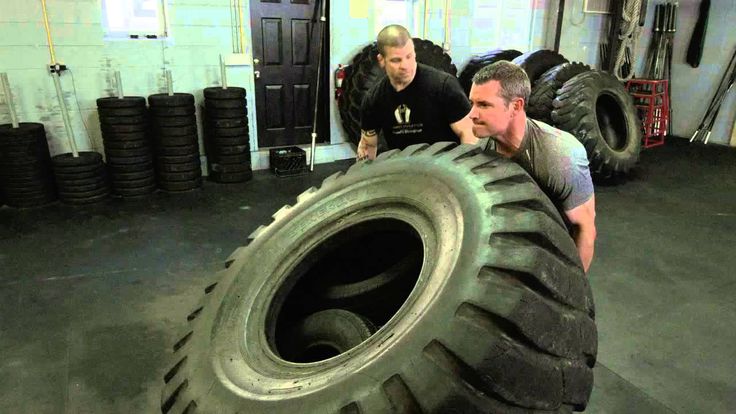
The average tractor tire is too sizable for the process. So, you can stick to the following procedure:
Firstly, fire the sidewalls of your tractor tire. You should find a 5-digit number on it.
Now, once you do, you’ll see that the first two digits are separated by a period. Moreover, the last two digits should have a dash between them.
An example would be 16.9-30.
Hence, the 16.9 refers to the tractor tire’s width from one tire’s sidewall to another. The width is measured in inches.
Number 30 represents the diameter of the tire’s rim, also measured in inches.
Now, it would be ideal to stop here. Nevertheless, there are further explanations necessary for your tractor tire.
Namely, they can be:
A metric tractor tire refers to the European tire, based on its measurement system and tire weight.
You can recognize the metric measures because the tire will have a letter R and a slash or maybe two. Such examples refer to 420/85R24 or 280/85R20.
The first number means the tractor tire’s width when it’s correctly mounted and inflated to understand the digits better.
However, if the integer is small, it’s represented in millimeters instead of inches.
The next digit refers to the aspect ratio.
The aspect ratio includes the tire width percentage to its height when correctly mounted and inflated.
So, once again, The number will be smaller, expressed in millimeters, not in inches.
And the letter R refers to the radial construction. The radial construction is standard in metric tractor tires.
Finally, the number after the radial construction – R represents the wheel diameter for mounting.
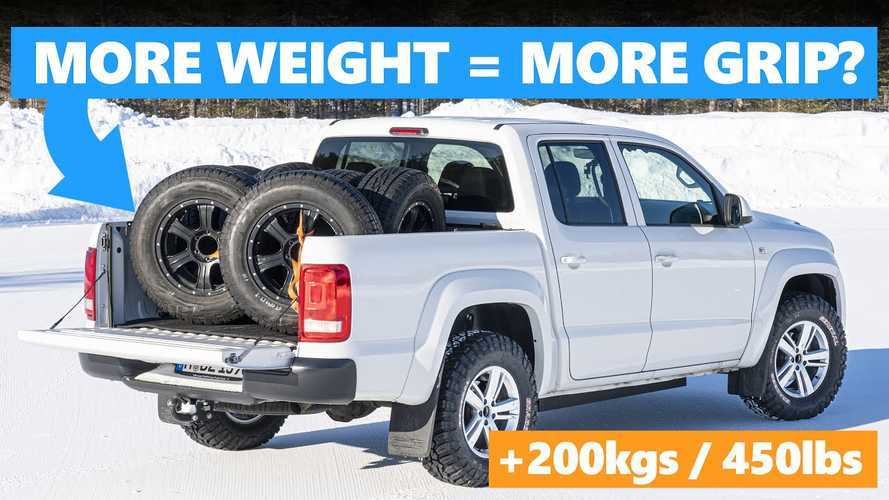 Radial tractor tires
Radial tractor tiresA radial tractor tire also has radial construction posted on the sidewall.
The R means the radial tractor tires have 90-degree cord piles, moving in the same direction as the tractor tires.
Also, most tires will be radial, but not always.
In addition, the radial tractor tire contains two numbers separated by a period, followed by another number, R, and again two numbers following.
So, for instance, you can find 18.4R26 or 11.2R20.
To understand these tires better, refer to the first example we have used in this section. It’s standard for this tire type.
But, if you find different expressions for tire sizes, such as 16.9X28 or 11.2X20, don’t be too perplexed – these are just alternatives for the same terms on the sidewall.
However, it’s possible to convert from one tractor size to another.
You can easily refer to the Ken Jones Tires conversion chart to do so correctly.
Still, every blank spot means that there’s no correct conversion to particular tire sizes.
| STANDARD | RADIAL | METRIC |
| 11.2X30 | 11.2R20 | 280/85R20 |
| 12.4X20 | 12.4R20 | 320/85R20 |
| 9.5X24 | 9.5R24 | 250/85R24 |
| 11.2X24 | 11.2R24 | 280/85R24 |
| 12.4X24 | 12.4R24 | 320/85R24 |
| 13.6X24 | 13. 6R24 6R24 | 340/85R24 |
| 14.9X24 | 14.9R24 | 380/85R24 |
| 16.9X24 | 16.9R24 | 420/85R24 |
| 18.4X26 | 18.4R26 | 420/85R26 |
| 11.2X28 | 11.2R28 | 280/85R28 |
| 12.4X28 | 12.4R28 | 320/85R28 |
| 13.6X28 | 13.6R28 | 340/85R28 |
| 14.9X28 | 14.9R28 | 380/85R28 |
| 16.9X28 | 16.9R28 | 420/85R28 |
14. 9X30 9X30 | 14.9R30 | 380/85R30 |
| 16.9X30 | 16.9R30 | 420/85R30 |
| 420/90R30 | ||
| 18.4X30 | 18.4R30 | 460/85R30 |
| 12.4X32 | 12.4R30 | 320/85R32 |
| 12.4X34 | 12.4R34 | 320/85R34 |
| 14.9X34 | 14.9R34 | 380/85R34 |
| 16.9X34 | 16.9R34 | 420/85R34 |
| 18.4X34 | 18.4R34 | 460/85R34 |
20.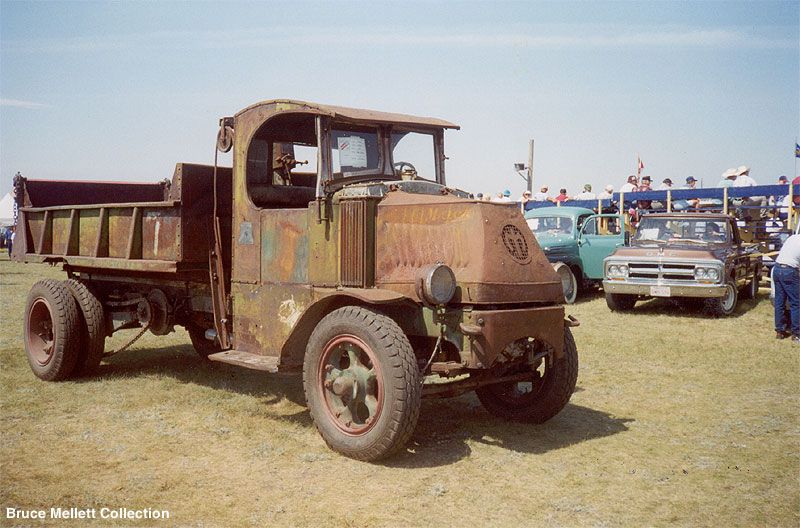 8X34 8X34 | 20.8R34 | 520/85R34 |
| 12.4X36 | 12.4R36 | 320/85R36 |
| 13.6X36 | 13.6R36 | 340/85R36 |
| 13.6X38 | 13.6R38 | 340/85R38 |
| 14.9X38 | 14.9R38 | 380/85R38 |
| 16.9X38 | 16.9R38 | 420/85R38 |
| 18.4X38 | 18.4R38 | 460/85R38 |
| 20.8X38 | 20.8R38 | 520/85R38 |
| 18.4X42 | 18.4R42 | 460/85R42 |
20. 8X42 8X42 | 20.8R42 | 520/85R42 |
| 20.8X46 | 20.8R46 | 520/85R46 |
Therefore, you should refer to the conversion chart above to find the right size of your tires, but if you still are uncertain how to measure the correct size correctly, you can ask tractor experts.
As we know, tires are an essential part of tractors, and we cannot imagine any farm equipment without them.
So, once you determine the size of your four tires, you want them to last for a couple of years, without additional complicated conversions too soon.
Thus, it would be best to keep your four tires in different shapes and top condition for more robust uses and a longer lifespan.
And how to do so? Well, you can…
If you have a farm tractor, you will undoubtedly use it on a daily basis.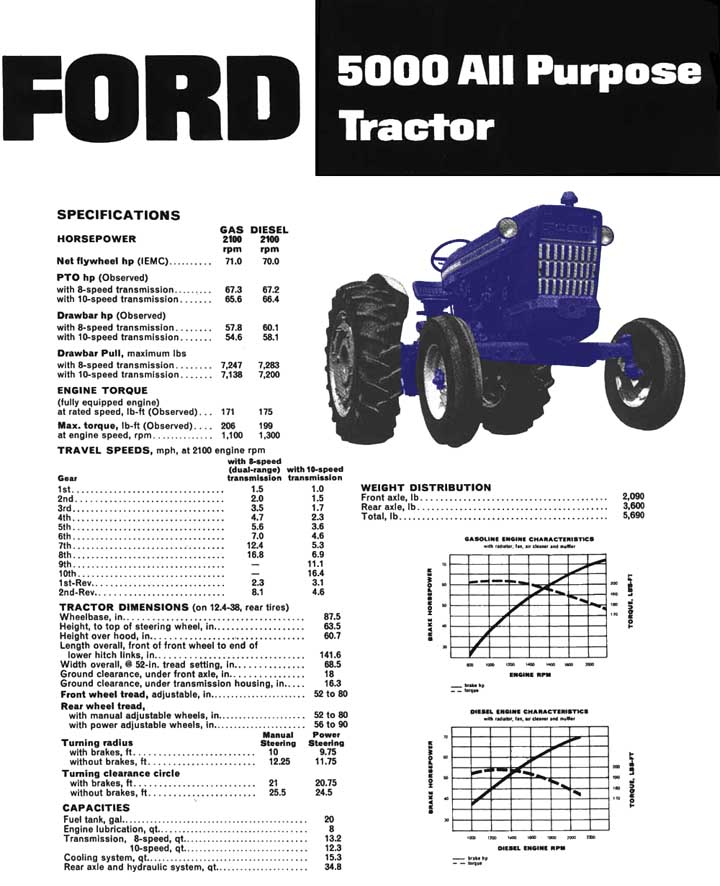
Thus, the tractor will gather dirt underneath and on the construction. However, the tires will be the first to get dirty.
So, when you notice your tires are too dirty, wash them. How?
Apply a tire brush, soap, and water. Next, get in the tire’s groove and clean all the way to the tire’s bottom part. Next off, let your tire completely air dry.
Clean tires will be better for a ride, and you can easily extend their quality and lifespan.
When picking the best tractor tire, you may likely spend several hundred for each tractor tire, but it doesn’t mean the tractor tire will be as good as it should be.
So, to avoid the tire falling apart or damaging too soon, you should invest in a premium-quality tire that will last for an extended period without harming quickly.
Although it might be difficult for your budget, it is still the best solution to purchase a high-quality tire to avoid all sorts of tire issues and potential risks.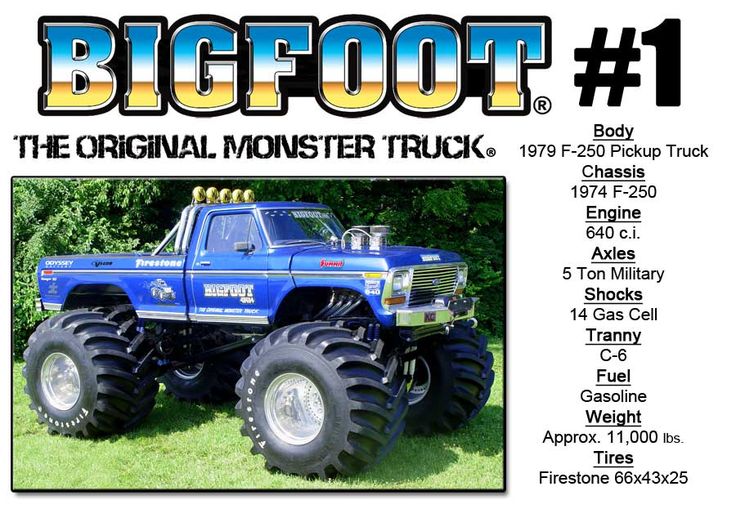
Your tractor might handle a little pavement, but not too much – do not forget that.
So, keep in mind that tractor and truck tires are not the same!
Thus, you should limit your pavement driving to a minimum or eliminate it.
The tire weight is mainly intended for transporting different materials and operating on softened terrains, including hay, grass, or dirt.
Another reason is that in some states, such as Pennsylvania, the law forbids you to drive tractors on streets unless you title your vehicle first.
If you notice your tire is too old and in bad condition, an instant replacement is the best solution for your tractor.
You will reduce the potential risks whenever you drive your tractor.
Also, your tractor tire can pop whenever you hit debris and pointy stones.
So, due to proper tire size, width, and tire weight, you will definitely feel it when driving the tractor.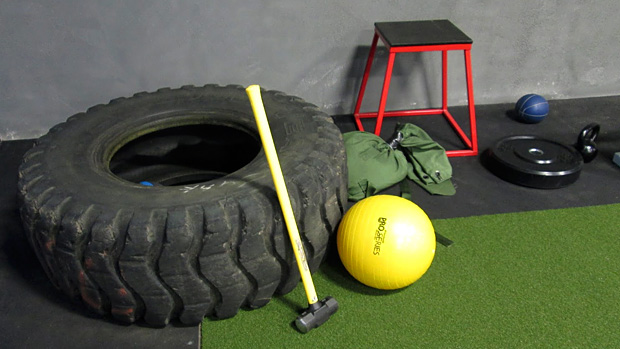
So, if your wheels slip more than usual, it’s time to replace the old tires with the new ones.
Unless the weather conditions are too wet, the wheels and tires should not slip like that.
If you fill-up the tire and notice it cannot maintain the pressure, it’s time for a replacement.
Also, your tires may dry rot. So, if your tractors are overexposed to the sun, it may cause material cracks and lose elasticity.
Hence, do not expose your tractors and tires to the sun and dry air.
However, you might also find the tire brittleness, paleness, or tire fading. Therefore, these are the main signs you must replace your tires instantly.
To keep your tractor tires in excellent condition, you need to store them in specific airtight places.
Thus, you can prevent the evaporation of the lubricating oil within the tractor tire.
You can use various premium airtight plastic bags from different supply shops near you, including lawn or garden bags.
And when placing the tire inside the bags, ensure you release as much air as possible, and secure the bags with tapes.
The replacement tires for tractors should not be stacked or lying down.
Instead, it would be best if you placed them properly upright.
And, in case you need to stack them, don’t stack the tires too high. They might be damaged by falling.
However, when storing the tires, ensure they’re in a dry and cold place, avoiding direct sunlight.
A black tire might absorb the rays and heat up to 120F degrees. At this high temperature, it can tear inside or break down quickly.
Read more —
Learn How To Drive Safely With The Best Tractor Tire Chains (Top 6 Picks)
A tractor tire should be at least 20 inches thick to allow the athlete to perform well in the optimal flip-tire position.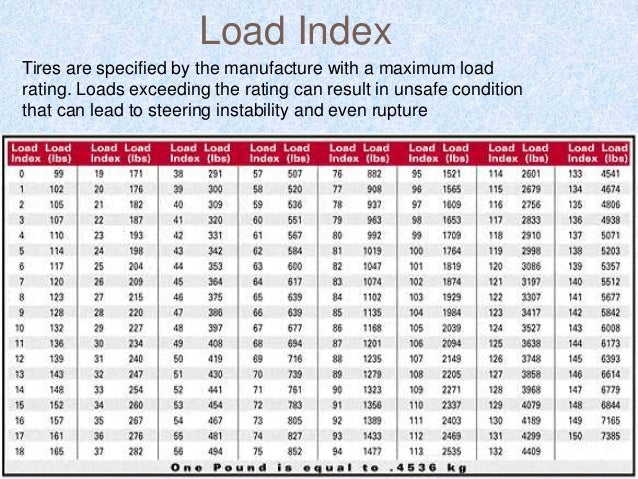
Otherwise, a thinner tire will only enable a sumo-deadlift lifting position, famous as the biceps-tearing position.
A typical semi tire weight measures around 110 pounds.
The main reason for this weight is that semi-trucks better handle the more challenging road conditions, and their durability reflects in the heavier semi-tire weight.
Tractors use the following tire types:
The R1 type is ideal for fieldwork primarily.
The R3 type is the best solution for lawn mowers and gold cars.
Finally, the R4 tires are the most convenient on different construction sites, specifically forklifts.
A radial tractor tire has a two-part construction, allowing the tire sidewall to flex independently of the thread area or face of the tire.
On the other hand, the bias tractor tire is created with a single-ply wrapped diagonally from one side to another.
The tire weight may vary due to the wheel materials and their weight.
Thus, the wheel – the metal part may weigh around 30-50 pounds for a standard trailer or a tractor-sized vehicle.
However, when you add a tire, the situation changes.
Thus, the weight might reach 100 pounds if the tire is new.
But, according to the tire’s diameter, height, and size, the weight will also vary.
And we have seen that the weight goes from around 100 pounds for semi-trucks to 1,000 pounds for extra-large tractors.
So, how much does a tractor tire weigh?
They may weigh around 300 to 1,000 pounds based on the tire size.
Their weight must also match your tractor’s weight and size, so it would be best to learn the tractor’s size and weight as well and fit them correctly.
However, you have already seen how to correctly measure the tire weight with the given number on the sidewall.
Still, when you know these digits, they will be valuable for adding extra weight if you need to improve your tractor’s traction and perform better in various lawn tasks, as well as on a regular basis.
Thus, make sure you find the weight specifications in the size chart given above and follow the proportions for the correct sizes.
And, if you have additional questions, dilemmas, or other difficulties, comment below – I’ll gladly help you solve them.
published on 4/21/2022 9:00:00 AM in Products
You've probably heard the statement, "The heavier the tire, the better the quality." Of course, mass and quality are connected, but everything is much more complicated. Today, BKT experts will explain this relationship and note the factors that affect tire mass.
Tire weight basics
The weight of a tractor tire, like any other off-road tire, depends on more than just tire size. With the same size, a tire designed for increased load capacity will be heavier, since it uses additional reinforcing elements. nine0011 BKT tyres, for example, feature a large amount of material in the bead. On the one hand, this slightly increases the mass, and on the other hand, it reduces the amount of damage to zero. In other words, with the added weight, you don't have to worry about fixing cracked tractor or loader tires.
A significant proportion of a tire's mass is in the tread. In this case, other elements, such as belts, shoulder areas, sides and carcass, should be taken into account. They are the ones that can be tested and improved during development to achieve the desired combination of performance and price. nine0003
How much does a tire weigh on average?
Still want to know how much a tire weighs? It is likely that you often look at the weight table for off-road and agricultural tires. We'll satisfy your curiosity and tell you how much some of our top-selling models weigh, from light to heavy:
We'll satisfy your curiosity and tell you how much some of our top-selling models weigh, from light to heavy:

So similar but very different
AGRIMAX FORCE and AGRIMAX V-FLECTO tires in the same size 710/70 R 42 are BKT's most popular agricultural tires. The first model designed for tractors with engines over 250 hp. with., equipped with IF technology, and the second tire is designed for tractors of new generations and endowed with VF technology. nine0011 At the same time, the difference in the mass of these tires is insignificant: the first weighs 347.4 kg, and the second - 340.84 kg.
Weight is the most important element
Choosing the right tire comes down to durability, speed index, self-cleaning and puncture resistance. It is these parameters that BKT engineers are working on, creating tires for various applications. But there is another important, even fundamental, factor for any tire - its weight.
BKT invests heavily in research and technology to reduce tire weight. nine0011 Why do we strive to produce lightweight tires? Of course, tires are designed for specific applications, which determines their weight. But in general, lighter tires tend to have lower rolling resistance, leading to lower fuel consumption and cost by using fewer materials. The ultimate goal is to improve performance and environmental performance.
But in general, lighter tires tend to have lower rolling resistance, leading to lower fuel consumption and cost by using fewer materials. The ultimate goal is to improve performance and environmental performance.
Share
Exhives
11/14/2022 9:00 am
View Read more
View details
The weight of a tractor tire, like any other off-road tire, depends on more than just its size.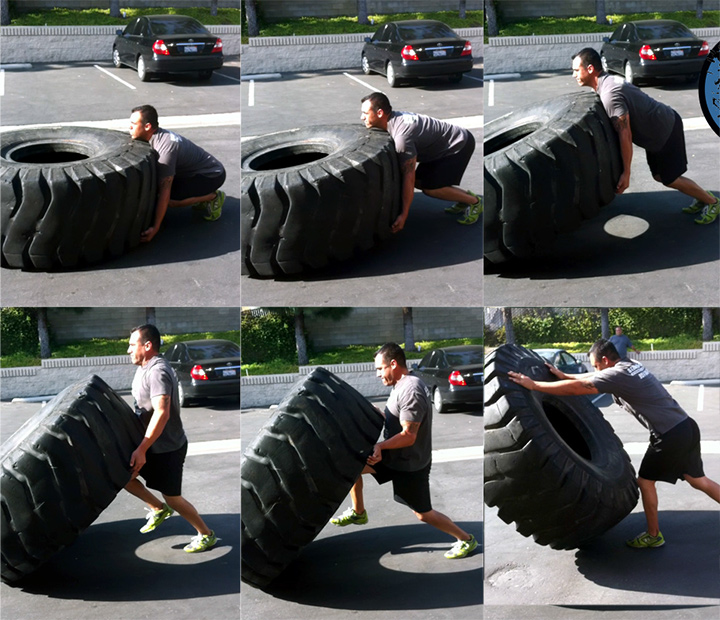 With the same size, a tire designed for increased load capacity will be heavier, since it uses additional reinforcing elements.
With the same size, a tire designed for increased load capacity will be heavier, since it uses additional reinforcing elements.
BKT tires, for example, are characterized by a large amount of material in the bead. On the one hand, this slightly increases the mass, and on the other hand, it reduces the amount of damage to zero. In other words, with the added weight, you don't have to worry about fixing cracked tractor or loader tires. nine0003
A significant proportion of the mass of the tire falls on the tread. In this case, other elements, such as belts, shoulder areas, sides and carcass, should be taken into account. They are the ones that can be tested and improved during development to achieve the desired combination of performance and price.
Still want to know how much a tire weighs? It is likely that you often look at the weight table for off-road and agricultural tires. We will satisfy your curiosity and tell you how much some of our best-selling models weigh - from light to heavy: nine0003
 17 kg) : One of the smallest BKT tires, 11 × 4.00-5, designed for mowers and small tractors. Due to the special tread pattern, it does not damage the soil (including when maneuvering).
17 kg) : One of the smallest BKT tires, 11 × 4.00-5, designed for mowers and small tractors. Due to the special tread pattern, it does not damage the soil (including when maneuvering). Tires AGRIMAX FORCE and AGRIMAX V-FLECTO in the same size 710/70R42 are BKT's most popular agricultural tires.